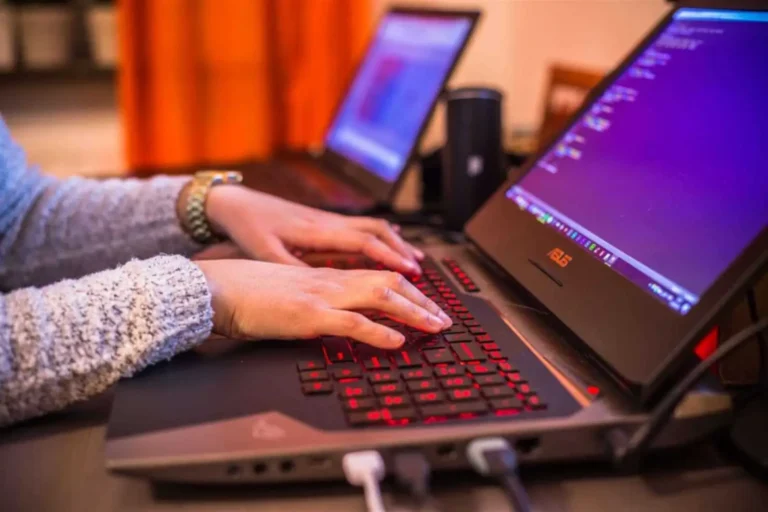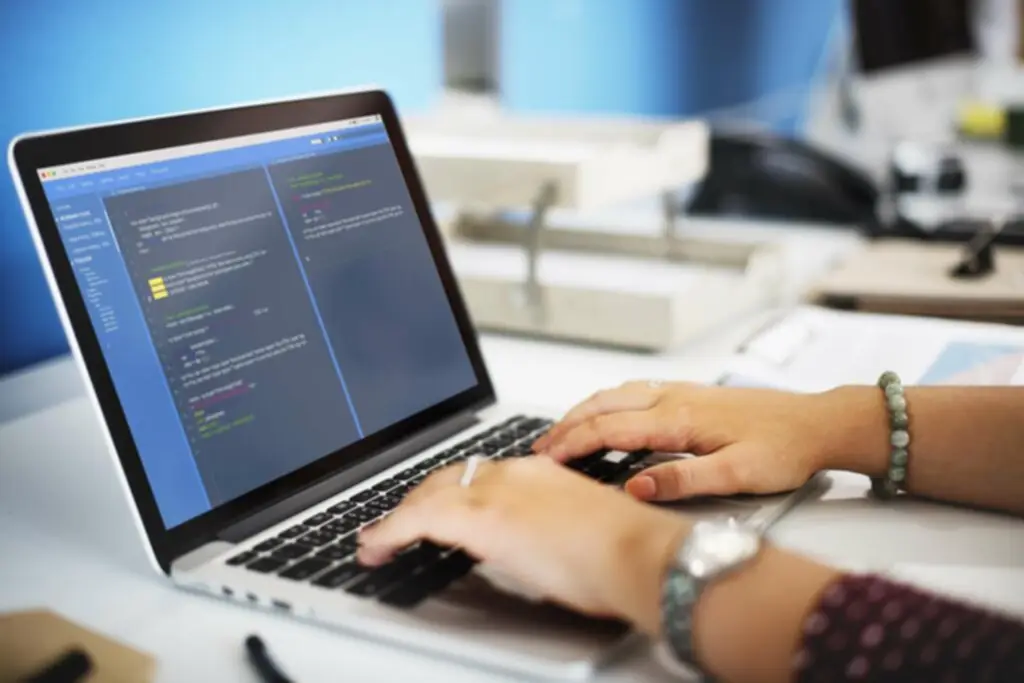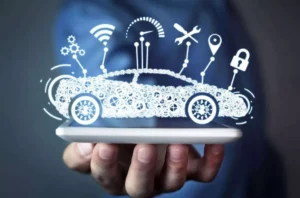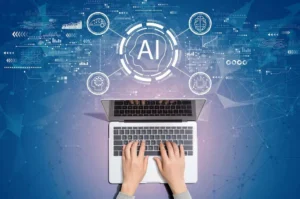Continuous monitoring development background

Risk professionals spent time reviewing and analyzing as much data as possible, making conclusions, preparing reports on financial, strategic, military issues. The process was time and effort-consuming. Modern businesses can not afford such a risk management assessment strategy. Companies faced increasing threats of hacker attacks on IT infrastructure and operations ending in multimillion-dollar losses and extortion of ransoms. Industrial and transport infrastructure is endangered. Using AI and big data is preferable to access risks efficiently. Even simple risks require significant efforts and resources to prevent. Continuous monitoring is a solution to avoid these problems.

Why is continuous monitoring necessary?
Traditional point-in-time risk assessments, firewalls, antiviruses, and penetration tests are not dynamic and active to guarantee protection from complicated hacker attacks. Continuous monitoring uses the threat intelligence principles for security control, analysis automating, vulnerabilities, and cyber threats to support risk management decisions.
Global companies need real-time monitoring of infrastructure and network vulnerabilities.
Business owners have to be sure that third parties will not cause risks for the organization. Continuous monitoring is a must in ensuring compliance with company and specific security standards.

We are confident that we have what it takes to help you get your platform from the idea throughout design and development phases, all the way to successful deployment in a production environment!
Continuous monitoring plan
As part of the company’s continuous monitoring plan identifying risk categories, applying mitigation measures, continually enforcing rules, and responding to emerging risks has to take the following steps.
- Identifying networks, systems, software, and users devices that have access to the company’s stack.
- Performing risk analysis for making decisions on acceptance, rejecting, transferring, or mitigating risks.
- Establishing levels of risk for data, users, and devices, re-evaluating risk assessment according to business needs and changing requirements.
- Monitoring systems to ensure adequate mitigation controls.
- Document activities to track monitoring processes.
- Reacting to risks immediately and preparing a risk-based action plan.
Types of risks
Continuous monitoring detects compliance and risk issues associated with business activities. It helps identify, quantify, and report control failures like duplicate vendor or customer records, payments, and transactions that do not match approved parameters. Continuous monitoring is applied to evaluate different risk types.
Cybersecurity risks
Continuous monitoring is a must in cybersecurity. Companies have employees responsible for monitoring site security internal networks for threats and taking appropriate actions to neutralize them. Big data and AI help development companies immediately access and respond to cybersecurity risks. Cybersecurity teams use continuous monitoring solutions like security information and event management to deal with complicated internal networks. Big data development allows using enormous data amounts from various sources like social media posts to weather sensors to ensure cyber safety for business.
Vendor risk
Vendor risk management ensures protection from unacceptable potential risks or negative impacts on running a business. If a third party has access to your business data, there is always the risk of having data breaches. Providing vendor risk assessment in companies requires time and effort to collect and analyze data about vendors and decide if the vendor is acceptable to the company. Organizations cooperating with thousands of vendors can not spend weeks on such activities. Sensitive customer data may be hacked through third parties. Recently, businesses started collecting and analyzing external cybersecurity risk factors to ensure continuous vendor risk monitoring. Using security ratings, IT professionals can analyze and understand ongoing processes and evaluate risks during cooperation with vendors.
Reputational risks
Companies realize that running a business requires a good reputation that can suffer from many circumstances like site security violations or posts on social media. They cooperate with reputational risk managers to protect them from unpredictable public opinion and reputational threats. Risk reputation managers listen to public opinion, read what people write on social media and review sites, develop actions to maintain reputation. The amount of conversations about big brands is enormous, so they used collective analysis posture to monitor the Internet and analyze signs of problems. The recent development of AI has changed processes. New technologies monitor the Internet for reputational and digital threats. Reputational risk managers receive alerts and develop strategies to deal with them ahead. Some continuous reputational risk monitoring tools are scanning the dark web. By monitoring chatter, continuous monitoring technologies alert reputational risk management teams of potentially illegal activity like sensitive data trading obtained via hacking or phishing.
Strategic risk
When a company wants to move to a new market, expand services or change price policy, it exposes strategic risk. Strategic risk managers research and analyze these risks to determine worthwhile changes. Strategic decisions depend on different factors that software cannot examine everything. By studying and analyzing specific strategies, continuous monitoring technology helps experts a lot. They use big data and ML techniques to track ongoing processes in different situations, from geopolitics to economics.
Environmental risks
Using continuous monitoring tools, environmental risk management professionals make their decisions combining different sources of information with data on infrastructure outages, the historical impact of weather events, compliance factors, etc. Logistics professionals track the environmental risks to manage shipments. Noise, odor, water pollution, and air particles from factories’ continuous monitoring help organizations comply with environmental regulations.
Main steps to implement continuous monitoring
Software vendors created various effective solutions that provide organizations with practical tools for network traffic monitoring, identifying anomalies and suspicious activities, and collecting valuable insights. To implement continuous monitoring, there are five main steps.
System definition
The IT organization determines the scope of continuous monitoring deployment, what systems are in its competence, and systems that need constant monitoring.

Risk Assessment
IT organizations must conduct a risk assessment of assets it wants to protect, classified based on risks and potential impacts on data. Priority risks assets require stricter security control; low-risk assets may not require protection and can be used as “bait” systems for hackers.
How to choose and implement security management applications
After the risk assessment, the IT organization determines security controls types to apply to each asset, including passwords and other forms of authentication, firewalls, antivirus software, intrusion detection systems, and encryption measures.
Software configuration
IT organizations set up continuous monitoring software for data collection during the necessary security measures coordination to protect prior information assets. Continuous monitoring software includes a log aggregation feature collecting log files from applications deployed on the Internet, including security applications developed to protect information assets. Log files contain information about events occurring in the application, including security threats detection and the key operational indicators.
Continuous evaluation
IT organizations use big data analytics technologies, AI, and machine learning to analyze large data amounts and identify trends, patterns, or outliers indicating abnormal network activity. information needs constant evaluation to determine if security, operational, or business issues require human analyst attention.
Conclusion
Many risk categories can be continuously monitored. Risk professionals will be responsible for avoiding risks and which opportunities to seize. Thanks to continuous monitoring technologies development, they are becoming less responsible for the tedious data collection, aggregation, and analysis tasks. Companies can equip risk management personnel with continuous monitoring tools and be more informed and prepared to help businesses succeed.
Top Articles
Embracing Automotive Digital Transformation to Accelerate Innovation
I am here to help you!
Explore the possibility to hire a dedicated R&D team that helps your company to scale product development.






